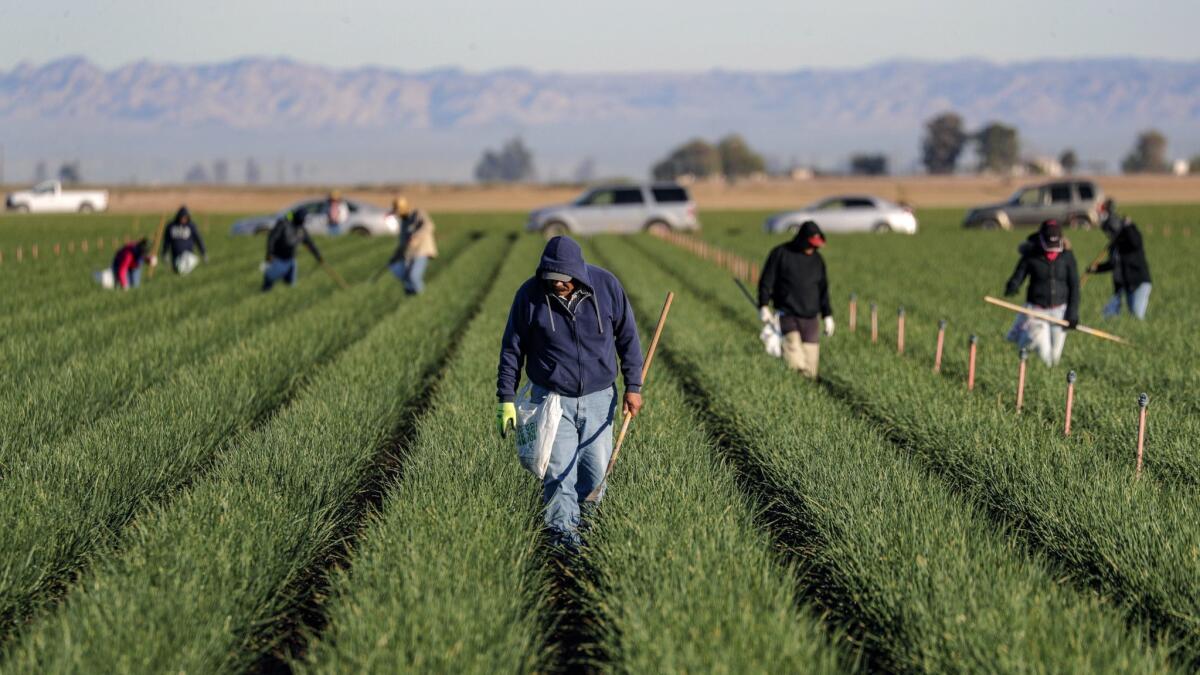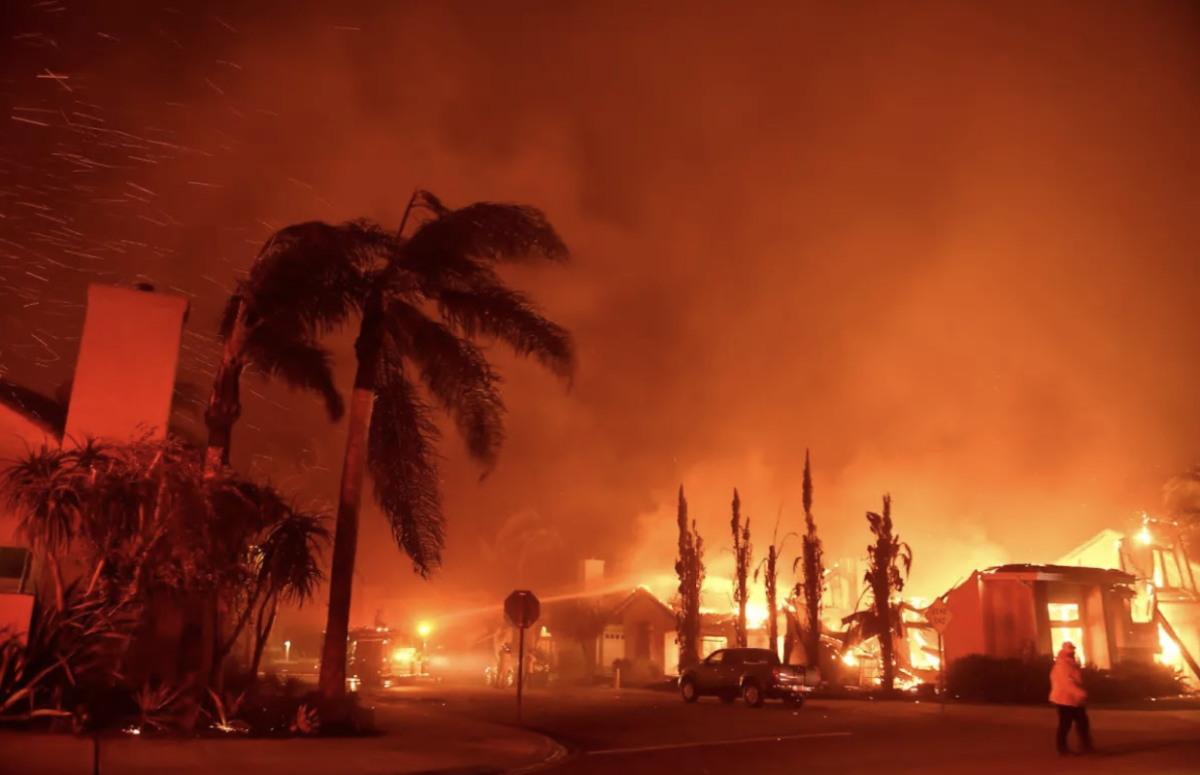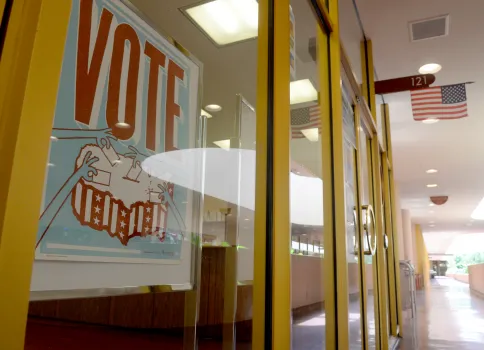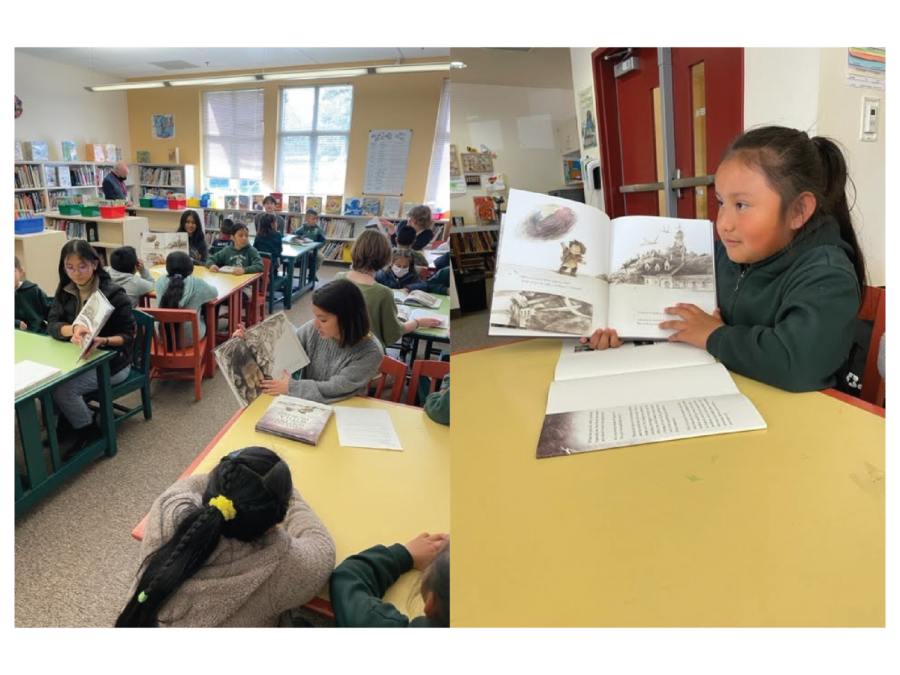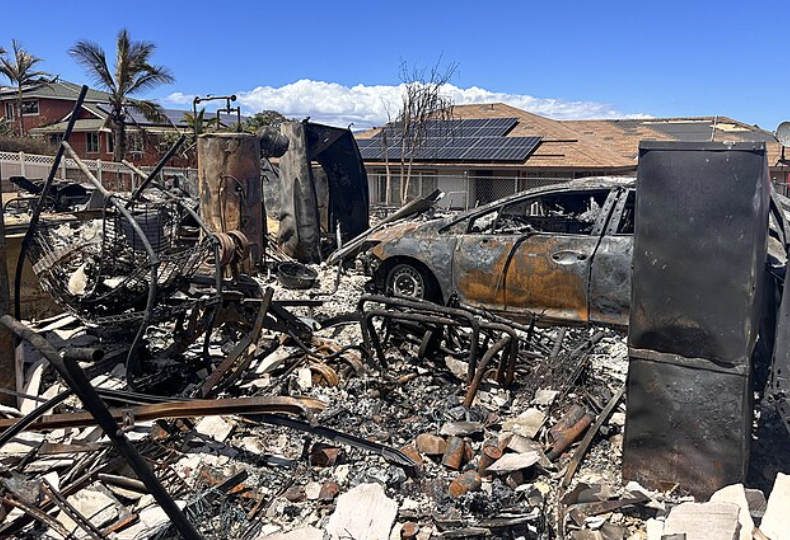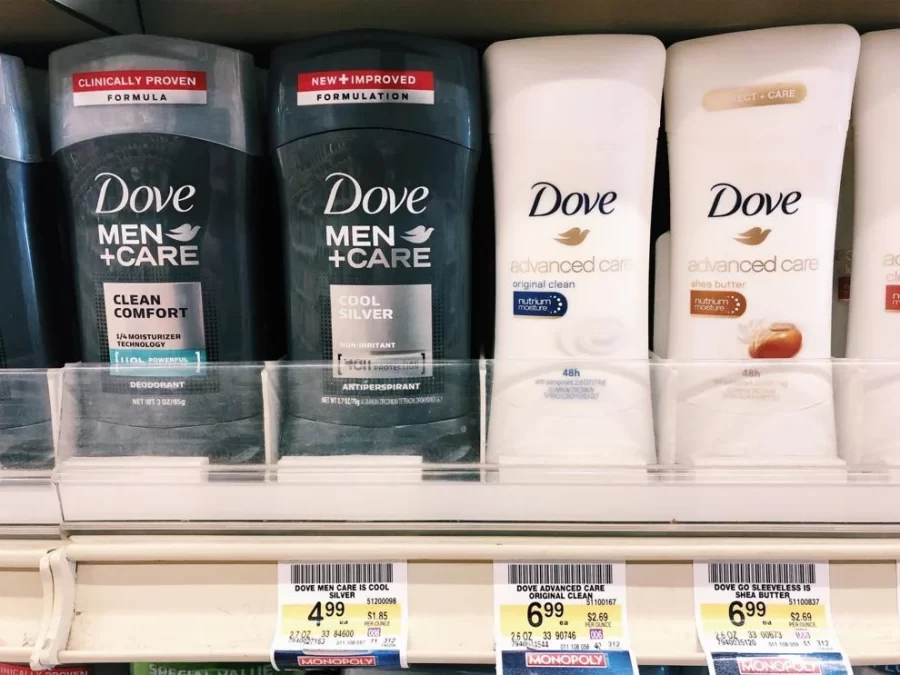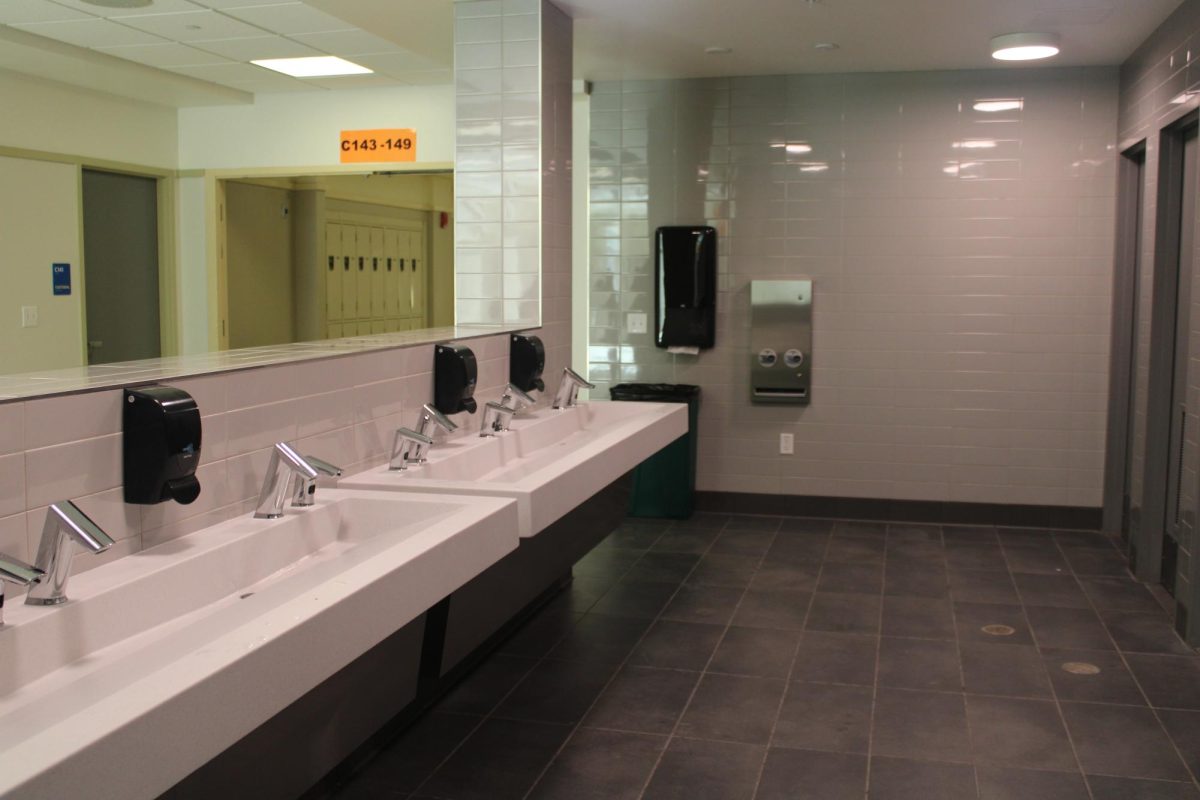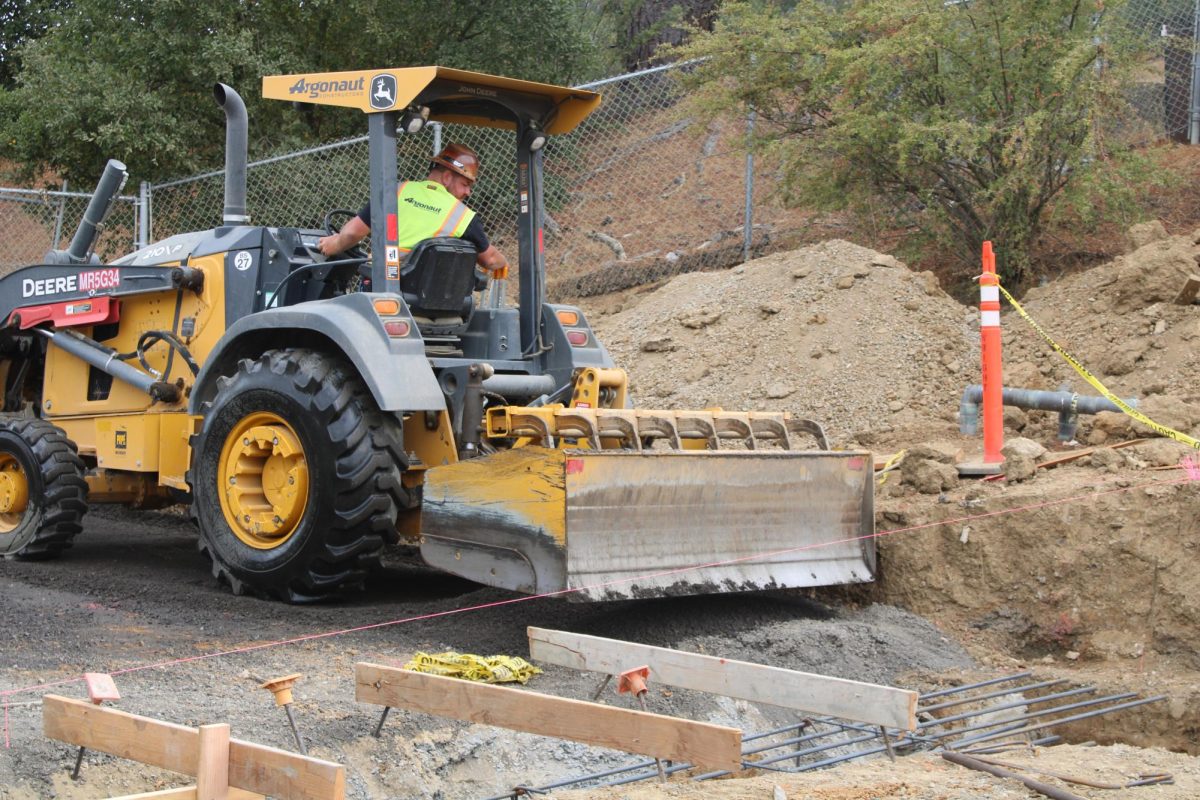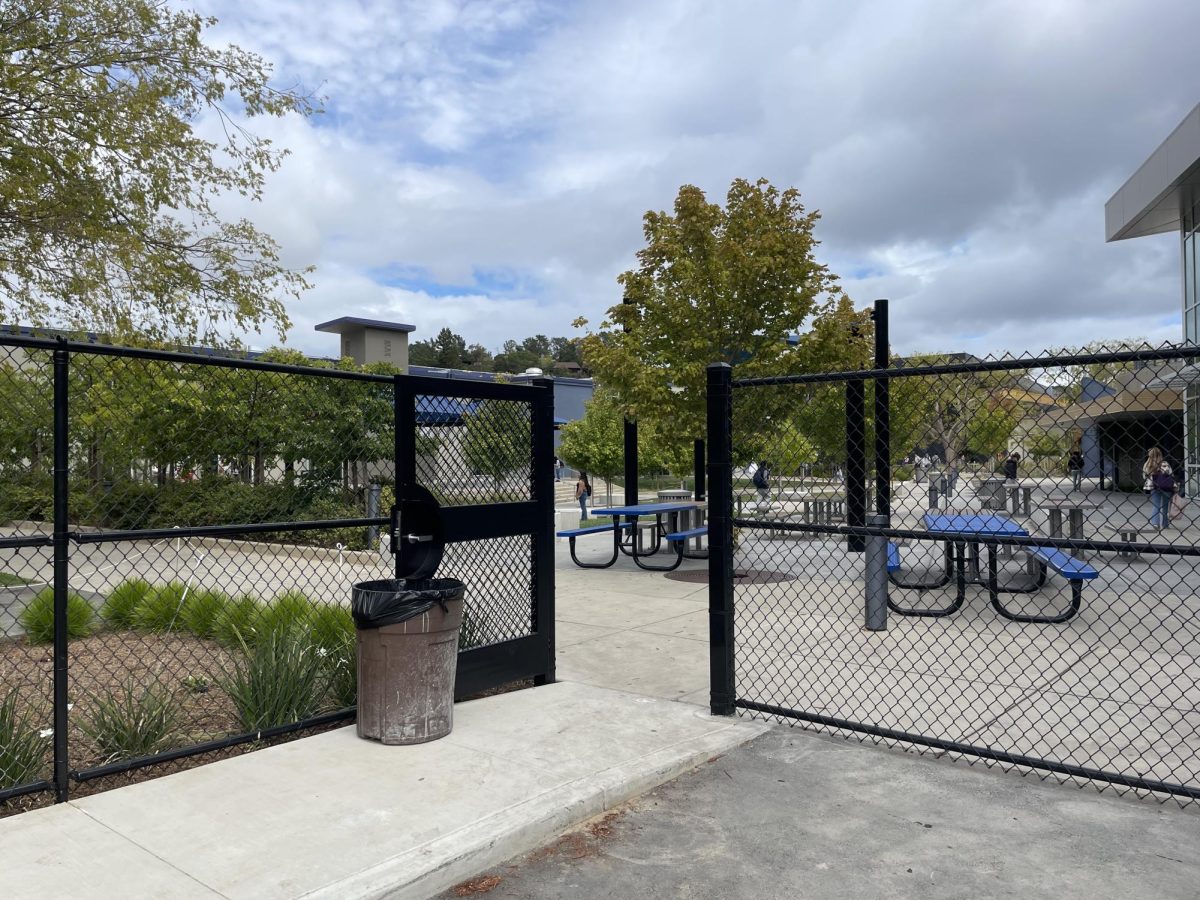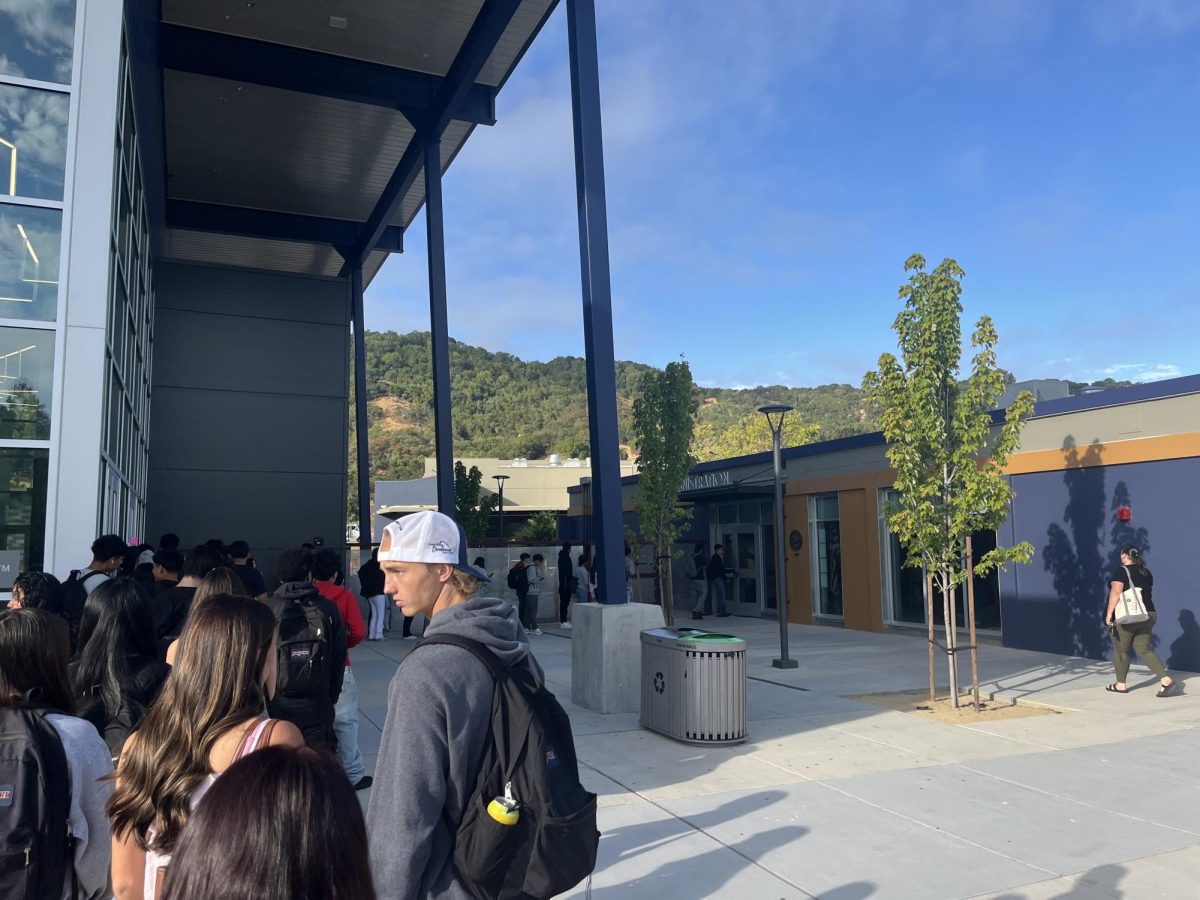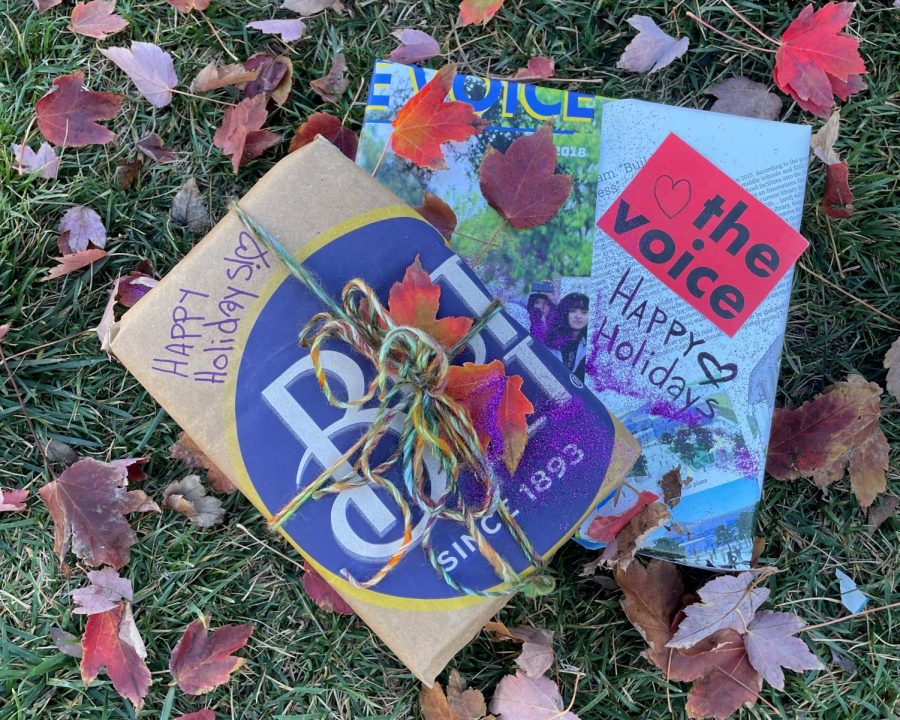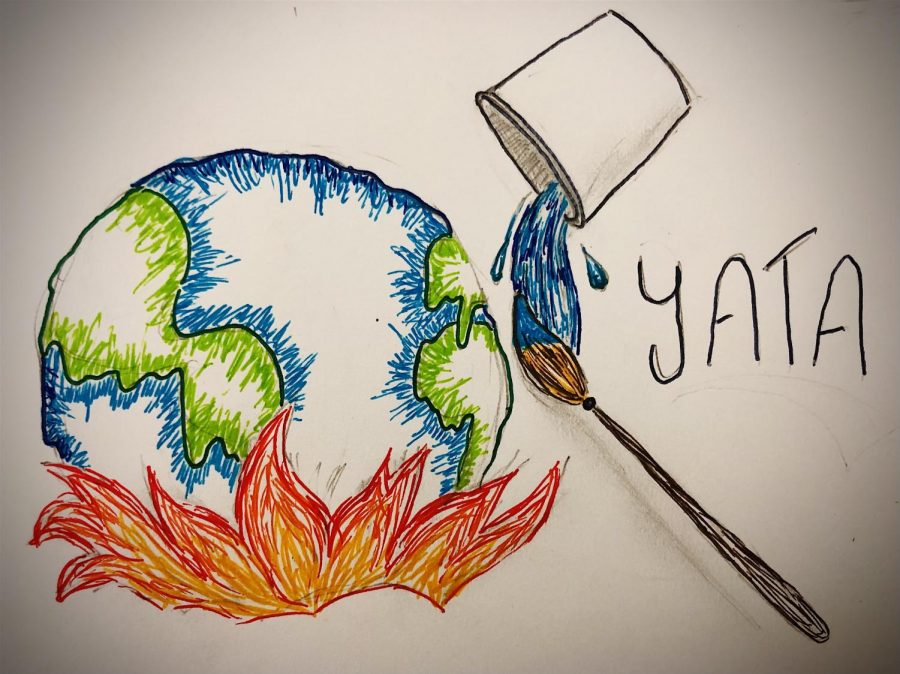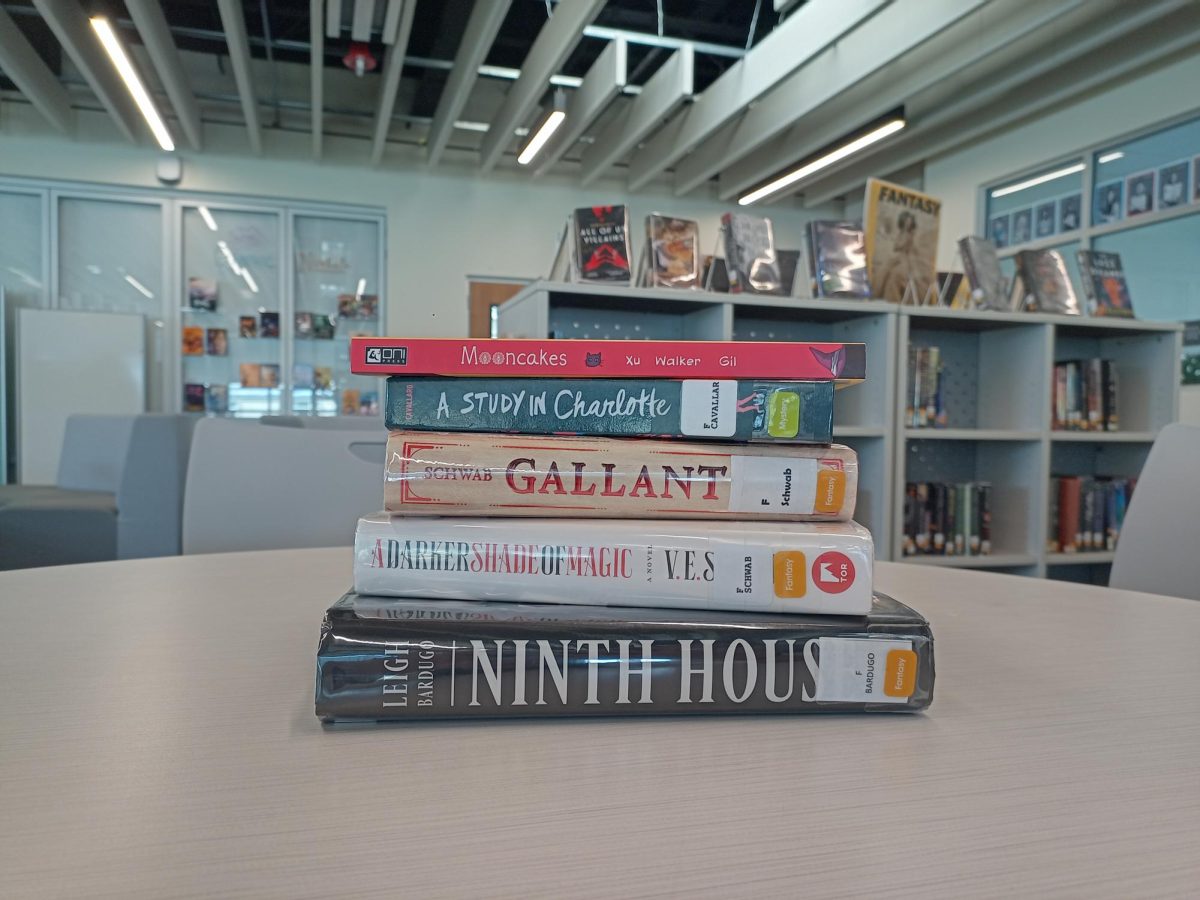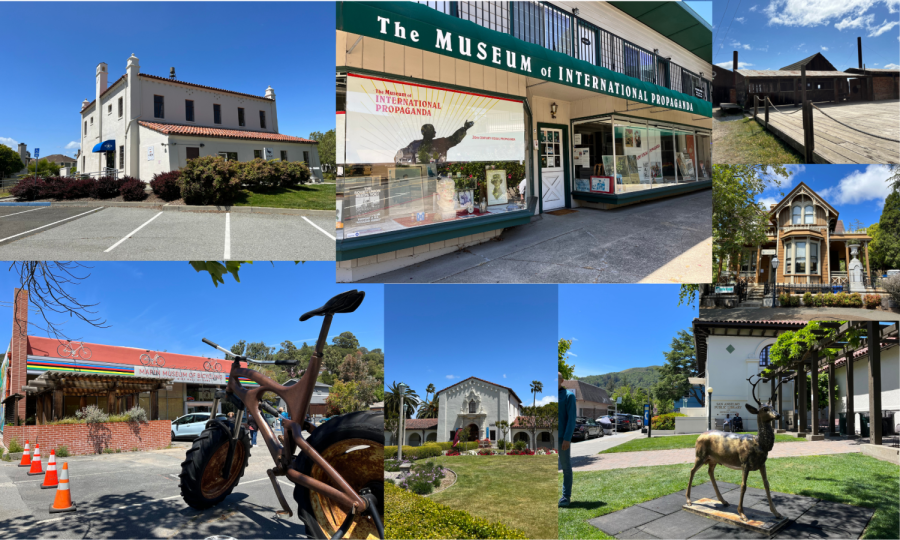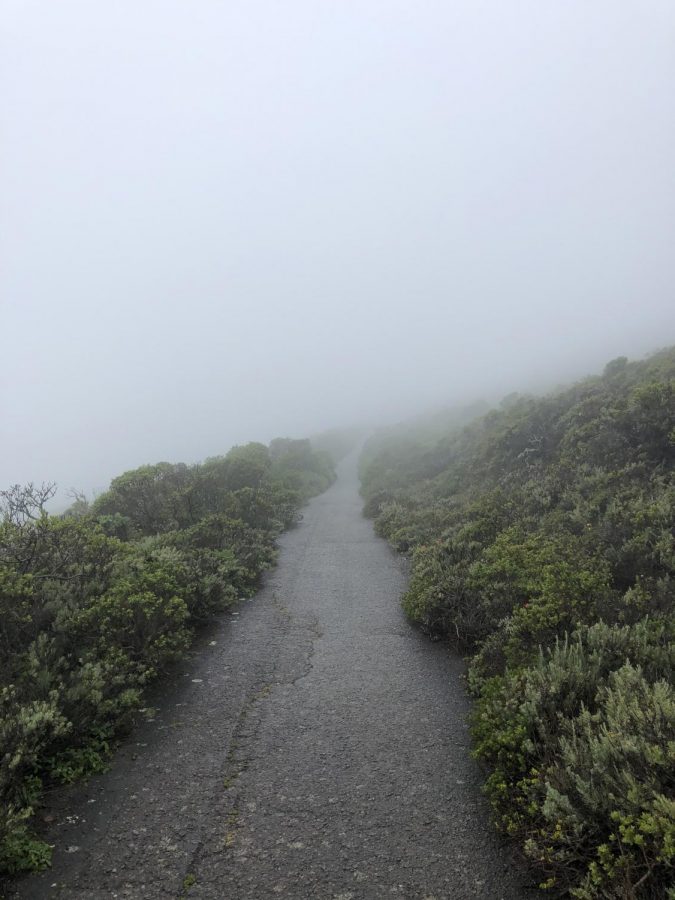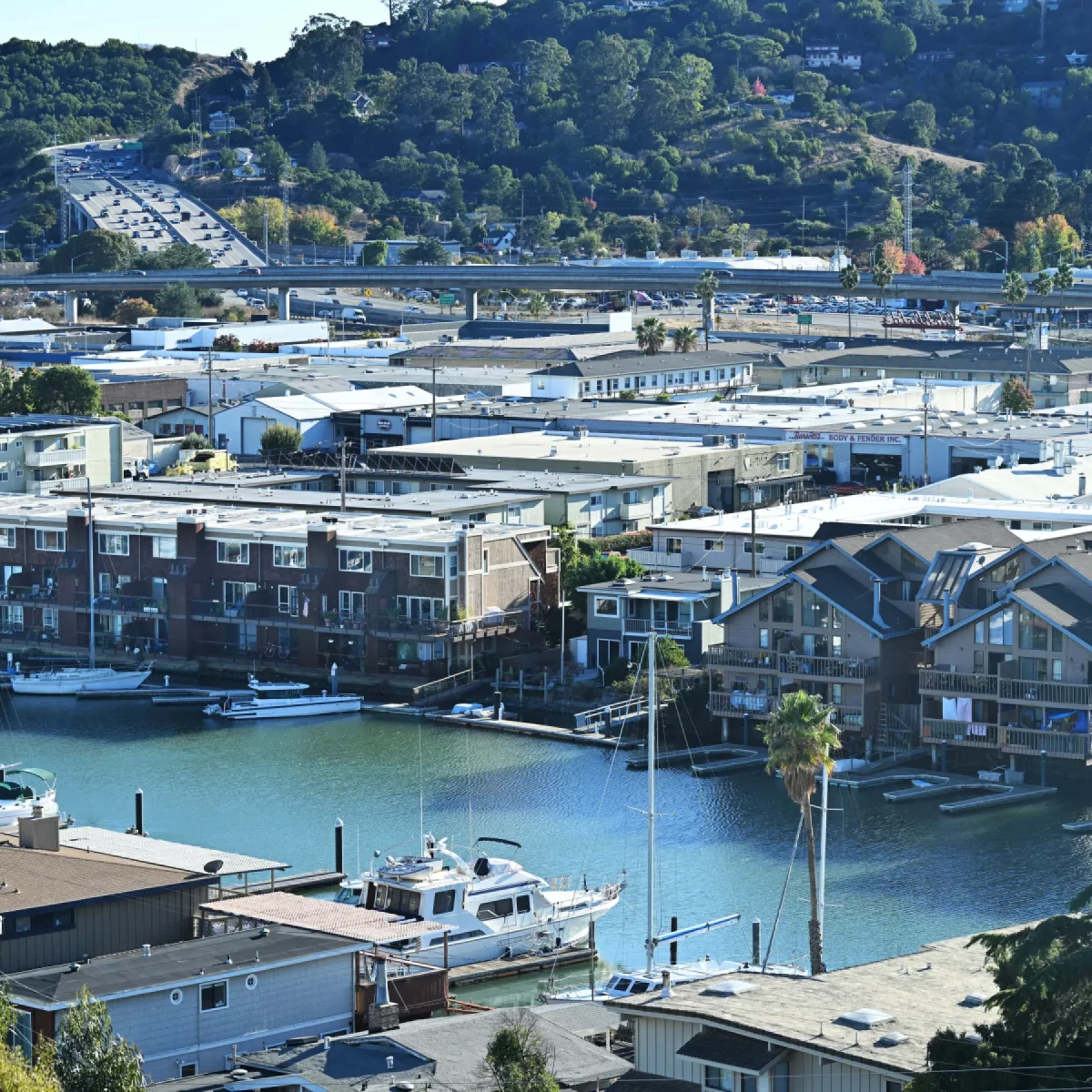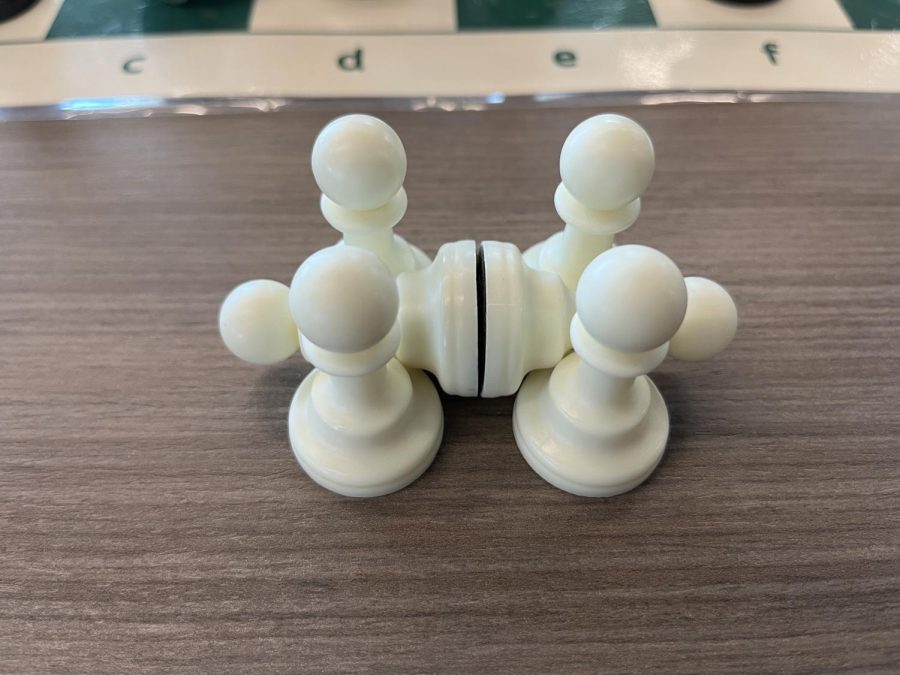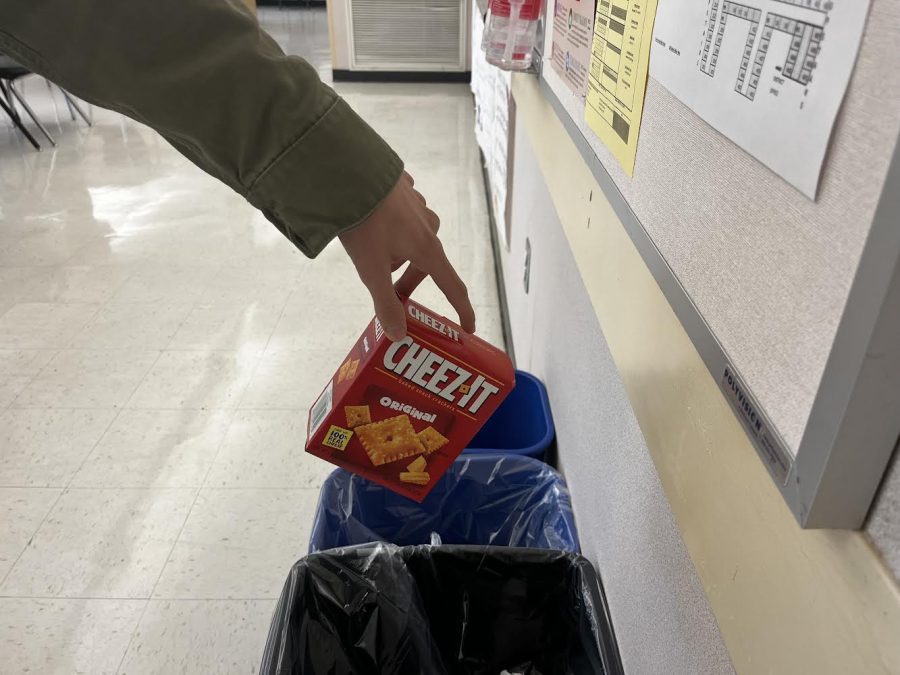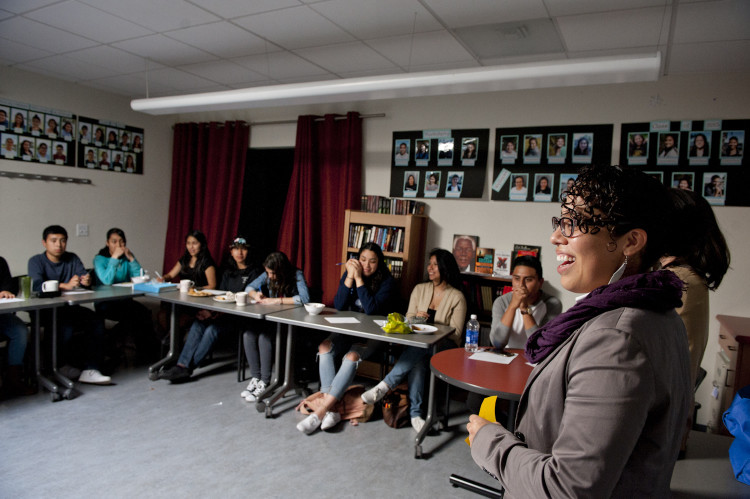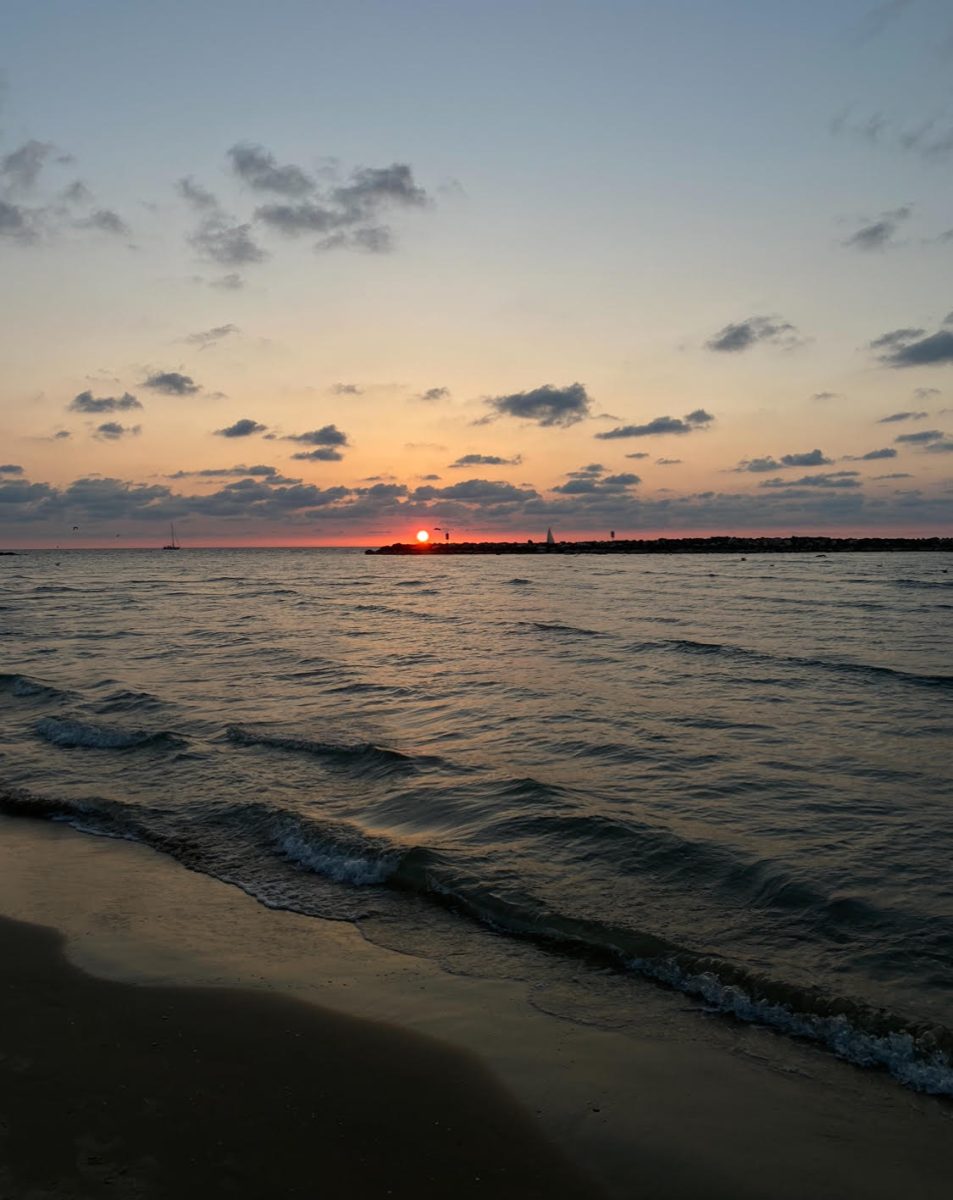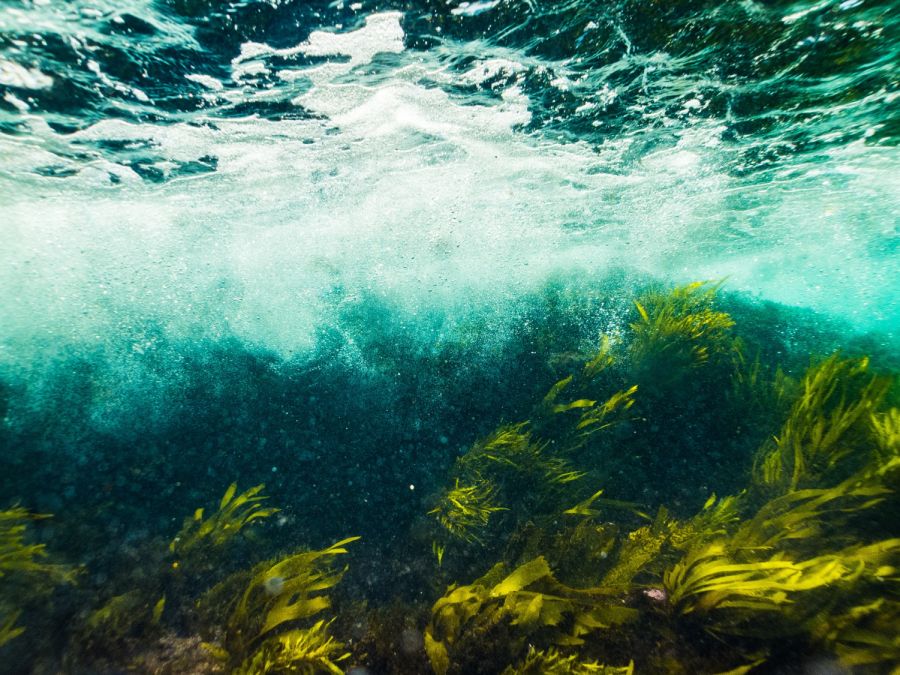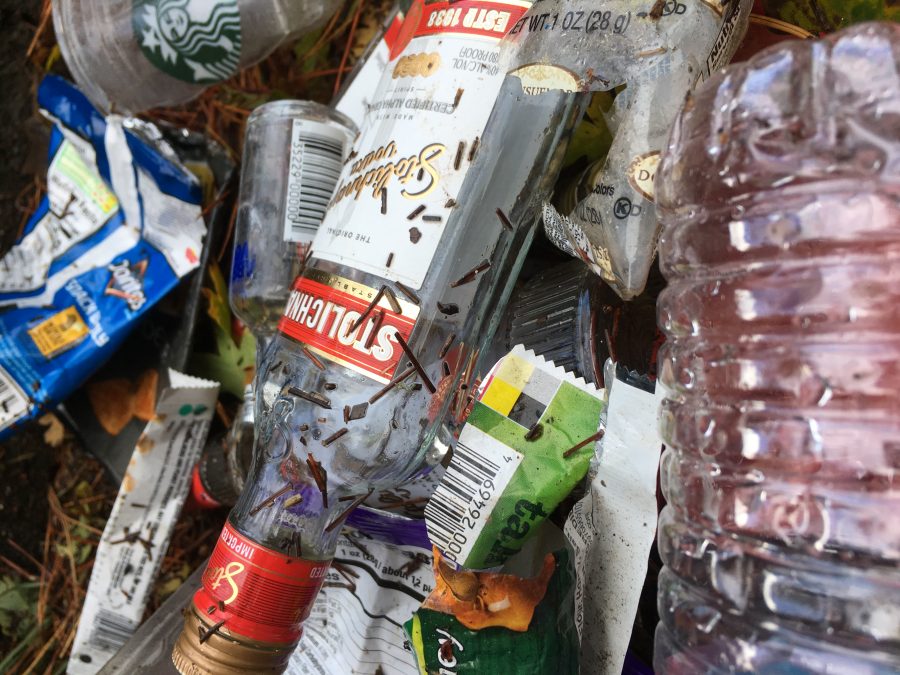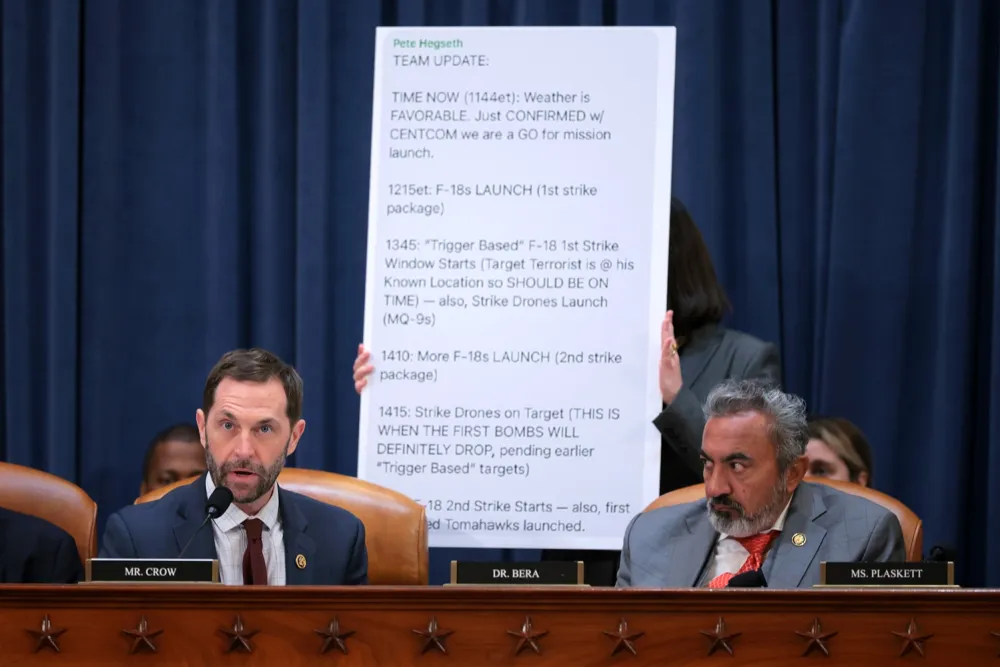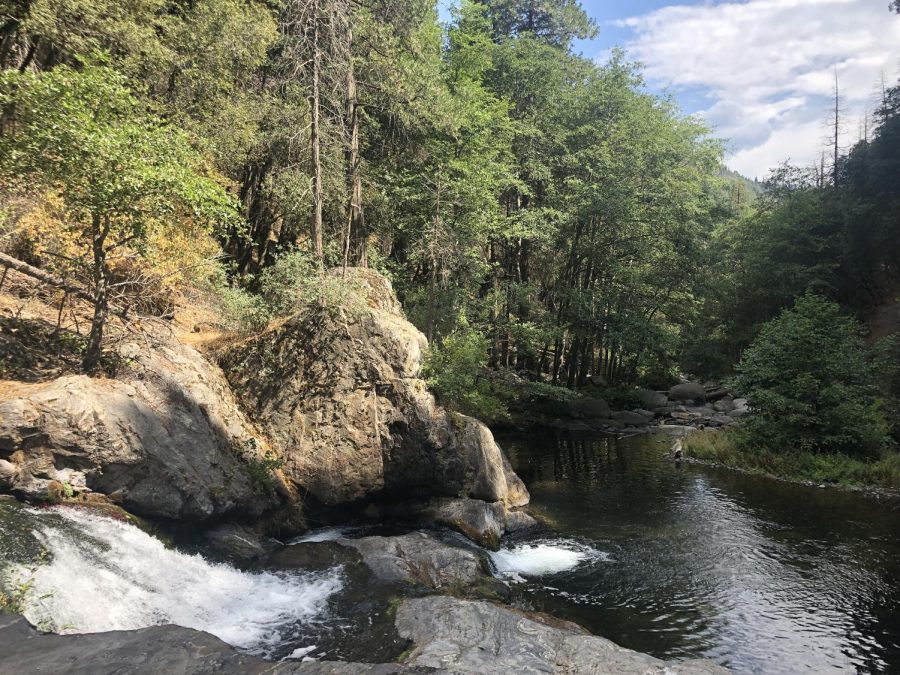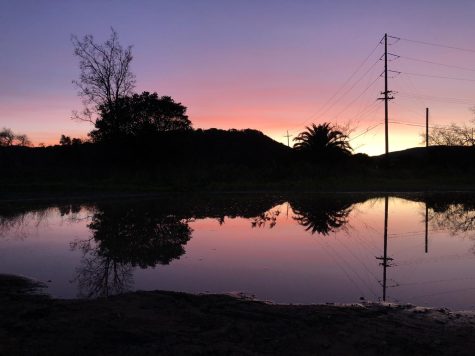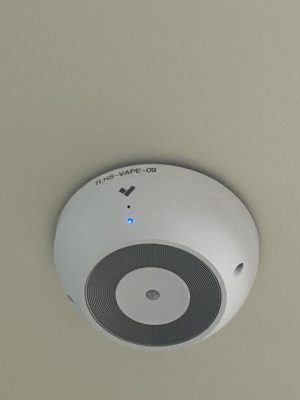The Worth of Water
February 3, 2022
“When the well is dry, we will know the worth of water.”
-Benjamin Franklin
In the past years, California’s lakes, reservoirs, and wells have sunk to record lows. Everyone from farmers, to factories, to residents have felt the strains of drought. Agriculture across the state has suffered, and many farms have closed due to water shortages.
The question is: have Californians finally learned the worth of water? Moreover, has the water shortage encouraged an adoption of water efficient technologies?
A Climate Adaptation Research group based at Terra Linda High School created a poll in order to survey Marin County’s view on drought. It was shared with local organizations, and the students at Terra Linda High School. Currently, 147 people have responded to the poll.
Approximately 99% of the people polled said they were at least a little worried about the drought in California.
When the poll inquired about water saving appliances, techniques, and systems, over three quarters of the respondents had low flow appliances in their homes. More than half take five minute showers, and over 70 percent have efficient ‘drip’ irrigation systems installed in their gardens.
Currently, reservoirs in Marin are at or near 100% capacity (according to Marin Water). Does this mean California’s drought is over? Unfortunately not.
Marin, and many other regions of California, experienced heavy rains starting in October. While some areas, like Marin, were able to retain some of that precipitation, much of it flowed directly into the ocean. This means that now, as before, reservoirs around the state are low, with no signs of more rain.
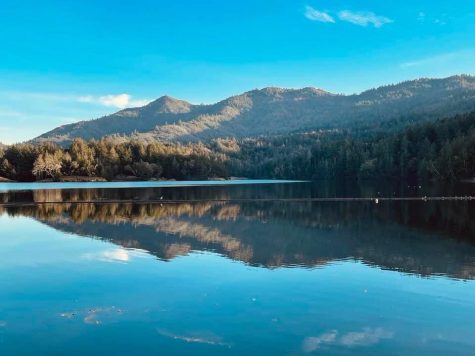
Weather patterns are changing. Cory Bytof, the Sustainability Manager for the City of San Rafael explains: “Droughts are becoming more frequent and lasting longer, yet the total amount of rainfall has stayed the same. We see dry seasons one full month longer than we had in the 1970s, while the same amount of rain is falling in a condensed wet season. This can cause intense rainstorms and atmospheric rivers, leading to flooding, landslides, and erosion.” Furthermore, long rainless periods dry out and harden the ground, making it less able to absorb water. Instead of replenishing the soil and aquifers, the rain flows away and is lost.
Many governments are pondering how to better collect and use the water that falls during storms. They are also contemplating other water sources. A few are particularly of interest, especially greywater systems.
In Israel, a desert country, 90% of water is recycled. The Israel National Water Authority has found that its most consistent source of water is “grey-water,” the water running down drains after baths, showers and washing up. This “reclaimed water” is then filtered and reused as crop water. The system spares both clean water and energy. Agricultural use allows for greywater to be reused in a safe way without the considerable energy needed to purify it to potable. Israel’s success is largely due to their commitment to solving this problem at a national scale.
Would Marin residents consider such a system at state, county, town or residential scale?
Only 31% of the people who responded to the aforementioned Climate Adaptation poll said they would consider installing a grey water system in their own homes.
That being said, close to three quarters responded saying that they approved of greywater being used as agricultural and landscaping water.
What explains this disparity? The poll found that many people were concerned about the physical labor required to maintain the system. Others worried about the cost, and still more mentioned an inability to install greywater due to building code restrictions.
With California’s drought continuing through into 2022, many hope that governments will start to break down barriers barring citizens from installing water saving systems. As one poll response so eloquently put it, governments “should provide grey water/recycled water systems (free of charge, including installation) to all residents for use in landscaping and outdoor watering. We need healthy trees and plants to help combat climate change.”
Marin residents are concerned about droughts in the future, and many are willing to consider water saving measures. They just ask for a little support and perhaps incentivization from the government.
Marin is lucky to have full reservoirs going into 2022. We can’t afford to waste it.


